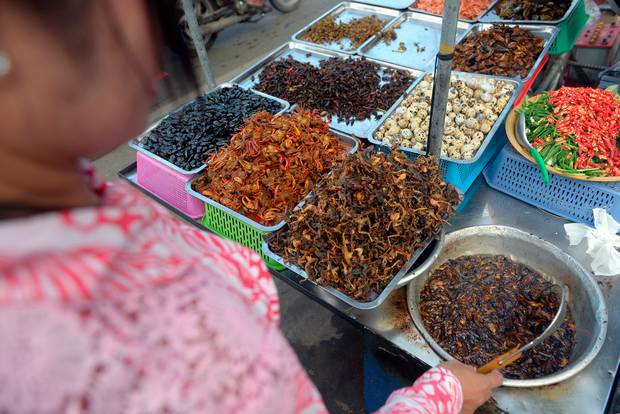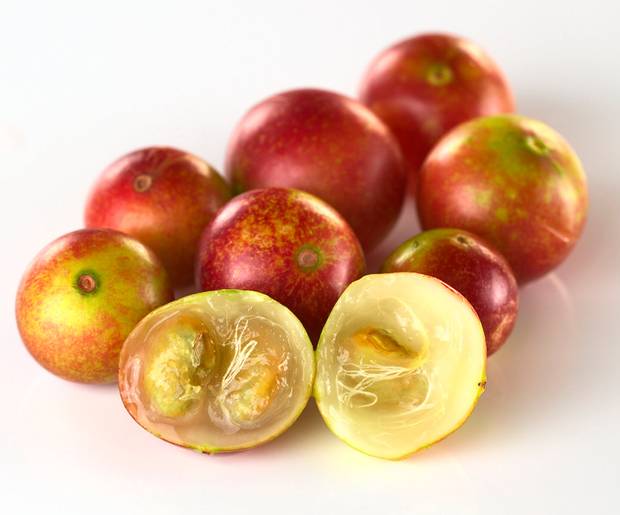
Peak avocado has been and gone. Kale is no longer king. You can’t cheat death by drinking pomegranate juice after all. And reports of turmeric’s importance as a “miracle spice” may, it turns out, have been exaggerated.
Things move fast in the world of superfood trends. In 2018, health and wellness influencers over the world may have been busily tucking into kimchi and slurping down bone-broth but for 2019 attention has moved to a whole new range of produce and products. Here’s our round-up of the rising stars hitting your supermarket shelves.
Irish Heather Honey
For antioxidant power that beats Manuka to the punch
If you’ve been forking out the euros on expensive jars of Manuka honey in the health-food store because of its much-touted antimicrobial, antioxidant and anti-inflammatory properties, you might want to start looking closer to home. A study carried out by researchers in DCU and Trinity College looked at the amounts of phenolic compounds (a measure of a honey’s antioxidant properties) found in various types of Irish honey. They discovered that humble Irish heather honey packed as powerful an antioxidant punch as Manuka, and crucially, it is (currently) much less expensive to buy.
Lloyd Hewson, from Nourish health foods, predicts that the news about Irish heather honey will lead to a revival of the sweet stuff’s popularity next year. Customers, he says, are increasingly moving away from sweeteners such as agave. “People seem to be very interested in honey,” he explains. They stock several Irish-produced brands of heather honey and ivy honey. “They are all raw,” he adds. “Customers don’t want over-processed honey.”
Edible crickets
For improved gut health
There’s been hype building around the value of insect-based food sources for several years now. Not least since Angelina Jolie heartily endorsed the notion of bugs as food in 2017, tucking enthusiastically into a snack of fried spider. It has long been known that bugs can provide a high-protein, low-fat food source. But new research puts crickets squarely on the map as part of the growing trend for foods which promote healthy gut flora – itself increasingly recognised as an important marker of good health.

Last summer, the results of a clinical trial published in the journal Scientific demonstrated that participants fed a diet high in crickets had increased numbers of beneficial gut bacterial and lower levels of harmful inflammatory markers in their blood.
Cannabidiol cookies
Currently taking the UK by storm
Not to be confused with hash brownies, these are treats that are made with CBD oil (a non-psychoactive chemical derived from the cannabis plant which won’t get you high). Neither will they get you in trouble with the law, as CBD oil is legal in Ireland and is sold in health-food stores around the country. Interest in the benefits of cannabidiol is growing all the time. In Ireland, a number of high-profile campaigns have been waged to make it available on prescription for children suffering intractable epilepsy. Research supports its usefulness as an anti-inflammatory and as a treatment for reducing anxiety. But it’s worth bearing in mind that though the products on sale in health food shops in Ireland are legal, they are largely unregulated, so it can be hard to know exactly what you are getting. Some experts caution that CBD is properly treated not as a health food, but as a drug.
Moringa plant powder
To supercharge your smoothie

Native to India, where it grows on the foothills of the Himalayas, Moringa plants have been used in traditional medicine for centuries, earning it its nickname “the miracle tree.” Every part of the tree is edible, and its leaves, which are densely packed with vitamins and minerals, have also been used in India and Africa as a treatment for malnutrition. For good reason – just a few leaves “contain seven times the Vitamin C of an orange, four times the calcium of milk and four times the beta-carotene of carrots”, says nutrition researcher C. Gopalan quoted in Time magazine.
Brazil nuts
A recent study carried out by researchers at San Diego University found that, “Brazil nuts help people feel full and maintain a healthy level of glucose, reducing the risk of obesity and diabetes,” according to the study’s author, Mee Young Hong, PhD RD. If that is not incentive enough, another study published in July found that men who consumed a diet rich in nuts showed improved sperm count and motility.
Camu camu
A little-known fruit native to the Amazon might soon be employed as a weapon in the fight against obesity. Scientists in Quebec discovered that Camu camu boasts 20-30 times more Vitamin C than kiwis and five times more polyphenols than blackberries.

Not only that, researchers at Laval University discovered that mice fed an extract of Camu camu gained less weight when fed a diet rich in sugar and fat, compared to controls. The cohort fed the Camu camu demonstrated improved glucose tolerance, and insulin sensitivity as well as lowered inflammation.
Irish Independent
